When it comes to Space Games, Spaceships take the central stage. They are the backbone of any space faring civilization wordy of that name. Without space ships one civilization cannot expand, cannot explore, settle, trade or sustain itself from hostile civilizations. Basically it cannot evolve. Imagine you have several star systems in your empire but no effective way to communicate between them. First this is hard to believe in the first place since how could this be? To colonize other planets you need a huge technology background and not less huge colony ships that can transport thousands of settlers. You also need scout ships or drone ships with great sensor technology to explore the vicinities. Ultimately you need war ships to defend your people from hostile races.
Spaceships are expensive
If we think realistically spaceships are an enormous expense of resources, in terms of manpower: scientists, engineers; time and materials. When produced, spaceships are also a huge expense during its lifetime: fuel, staff, energy, coordination and constant maintenance and retrofit.
If we take the Earth case study, after 50 years since the space age has begun on Earth the world has seen only a small bunch of different spacecrafts with little or no significant evolution in terms of life support, propulsion systems, range or … reliability, not to mention warfare need which is nil. For god sake in 50 years of space monitoring we have not yet made contact with a single bacteria in another planet inside our solar system, not to mention outside! The bottom line is that the space traveling business is a slow, cumbersome, incident fill, hugely expensive and very thoughtful enterprise.
The number of Spaceships matter
Being playing space strategy games for more than 15 years now (see Space Strategy Games: What’s next? Article ) I’ve constantly got the same boring feeling after some time playing a game. Constructing, maintaining and retrofitting spaceships becomes so ridiculous easy and cheap that the game simply looses its interest. So Alien race “X” happens to have 24 fleets of 40 medium size war ships each in a specific sector in space. Ohh and watch out!, they have another 24 equally sized fleets in another sector, and another… I don’t think this is realistic at all, nor fun.
If you take as reference the top Sci Fi novels: StarWars, StarTrek and BattleStar Galactica, just to name the few most representative, you have to ask yourself how many space ships you usually see in the biggest of the fleets. 4 ships? 10? Maybe 30 big vessels and around 50 to 60 smaller units tops in the more striking epic battles, already taking both sides into account.
In space strategy games usually after you research warp drive, “space ships tech 1” or some other easy to come by technology you’re set to construct large colony ships, transports and even fighters and bombers. Not just you can build one, you’re invited to build tens of them fast since usually these ships are not considered expensive. As soon as you know you’re not only building larger ships but you are also building hosts of them. Now after building so much ships the only thing you can think of (since nothing more exciting to do is offered) is which alien civilization will you try on your new 200 corvettes with your new Plasma Cannon IX generation rifle. For me this does not feel realistic nor satisfying enough. More is needed.
Spaceship Epic Battles, StarWars, StarTrek, BattleStar Galactica: Some numbers
I think it’s no accident that the big sci-fi films always portray a reduced number of ships in their battles, exploration missions or transport convoys. A few facts and numbers on this:
In the Star Trek Universe
In StarTrek we never see more than a handful of starships in combat – maybe half a dozen Cruisers class vessels and a couple Galaxy class vessels tops. In the Voyager series you never see more than a couple of alien ships, but ok that’s primarily due to the series plot, since Voyager is the typical scout explorer that gets lost in space.
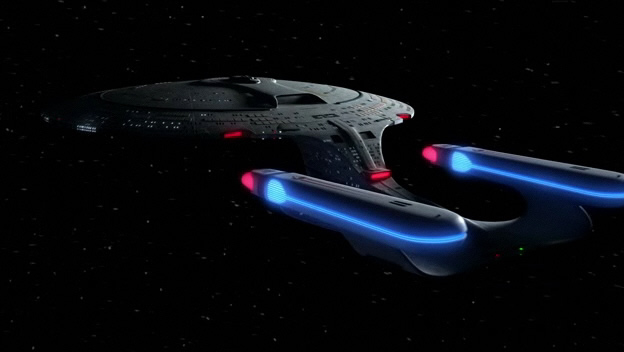
- Galaxy Class StarShip
For some hard numbers, the Galaxy Class space ship (the biggest of the Star Trek Human universe if I’m not mistaken) has allegedly a crew complement of roughly 1,014 people! Among officers, enlisted crew and civilians. Imagine the amount of resources that big snake takes to build and maintain, not to mention the years and years of research needed to put it all together in the first place. Imagine the day where the first prototype was assembled in Space Dock. That would be a day to remember.
StarWars Starships
In StarWars the maximum number of ships you can count is probably on “Return of the Jedi” final sequence where maybe a couple dozen Star Destroyers (including a single Super Star Destroyer Mothership) storms the not so many Rebel Alliance starship perpetrators. The Rebel Alliance counts maybe a dozen corvette
class ships and probably around half a dozen Heavy Cruisers. Even the number of fighters is not so great. Maybe 5 to 6 rebel squadrons of 4 to 6 fighters each and some equal number of Galactic Empire fighters. In another one of the biggest epic starwars battles: the attack on the Death Star in the “New Hope”, you only count 3 squadrons of rebel fighters if I recall correctly: The Gold squadron with a handful of slow, but
punchy, Y-Wings (a total of 6 maybe), a Red squadron of a good handful of X-Wings (3-6 units), and another squadron of X-Wings (3-6 units) that I cannot recall right now. Approximately 18 fighter class vessels attacked the Death Star … ok plus the help of the Millenium Falcon, what a ship, what a personality, both ship and its captain.
Take the Victory I Class Star Destroyer for example in the Wookieepedia. For god sake, around 5.200 crew members of different specialties not to count with around 2000 troops. And what to say about the dimensions of this huge beast. Imagine the technology, the contracts needed to pull that off altogether. It would have taken the Sith Emperor a good decade or two just to come up with the plans for that not to talk about the amount of effort to put these boys into production.
Battlestar Galactica Toys
In BattleStar Galactica (the remake series, I don’t quite remember how it was in the original) in the Humans faction you see a convoy of a dozen corvette class vessels and … Galactica, a single Heavy Cruiser class vessel. Ok, the situation in Galactica is special since the Human fleet is just a collection of refugees that escaped an extinction event perpetrated by the Cylon Empire, however if you take the Cylon fleets for example you never see more than 3 to 4 Baseships in a single battle, and these are the biggest ships you can see in their arsenal (let me know if I’m wrong, I didn’t saw yet the final episodes).
The Battlestar Galactica Starship is the star of the series. It is said in the BattleStar Galactic wiki that eight other Battlestar class vessels were produced specifically: (Acropolis, Atlantia, Columbia, Pacifica, Pegasus, Rycon, Solaria, and Triton). Not 100!
Less Spaceships with more personality is more fun

- Hammer BattleCruiser: Original Content
In the future I think space strategy games should pay more attention to their spaceships design concept to take into account that players will enjoy more the games if they can experience the excitement of researching and planning their spaceships more carefully in order that building the first prototypes can be a much more rewarding experience. Spaceships need to have more personality, need to be much harder to create and maintain and should be thinked more carefully because due to amount of resources used in these construction campaigns the decisions made will affect the entire gameplay experience from that point forward.
As you can imagine when I talk about the need for a much slower and harder process to create the starships I do not mean just doubling or tripling the amount of “turns” required to create them, I mean a much more creative process in the making. Everything in the spaceship creation process should be much rich featured, for example:
- The amount of specialists required, or need to recruit elsewhere (engineers, scientists)
- The amount of raw-materials required
- The special materials (that could be rare to assemble or find)
- Key technologies that must be unlocked or bought (life support, engines, hull integrity, weapons, energy)
- Contracts that need to be established with specialized alien sub-contractors
- Approval from the Senate for a new construct project (basically approval from the people)
- The needed infrastructure (space dock, lab, technical expertise)
Another aspect of the spaceships making process is the choice of the right crew. The right crews with the right skills are not to be found easily. The spaceship crews also deserve special attention, examples of this are the recruitment of legendary leaders and experts in certain fields like pilots, navigators, engineers. Take the good example of Star Trek for instance, what makes the series great and engaging is the bond that the viewers establish with the crew and with the spaceship itself, I think something of this should be found in the next generation of space strategy games somehow, but the crew aspect of spaceships could be a subject for another time, now we need more fun creating our fleets.

11 Comments
Related Articles:
- Diaspora: Free Battlestar Galactica Space Sim Released
- The Best Battles from Battlestar Galactica
- Battlestar Galactica Online: Hands On First Impressions
- Void Destroyer Review
- Gemini Wars Update: Fighter Squadrons and Planetary Bases


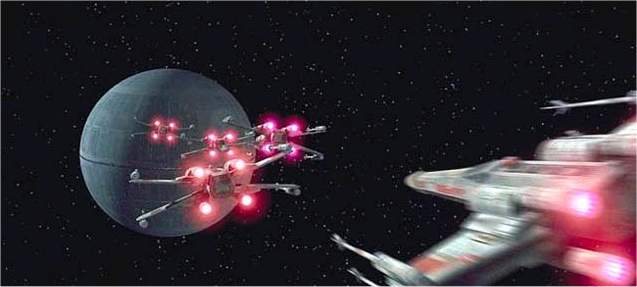
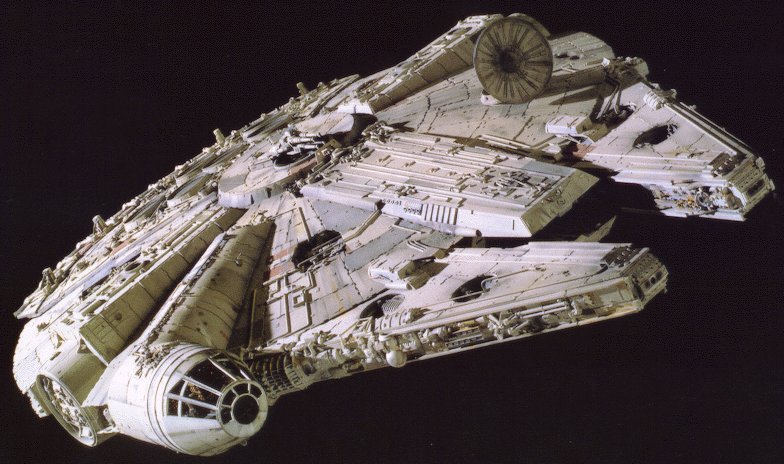
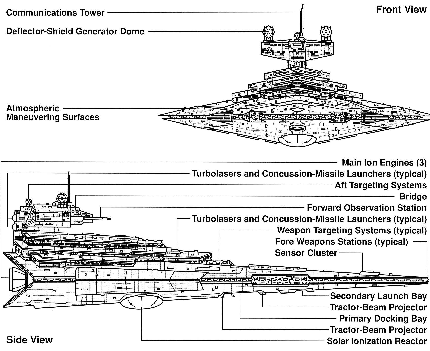
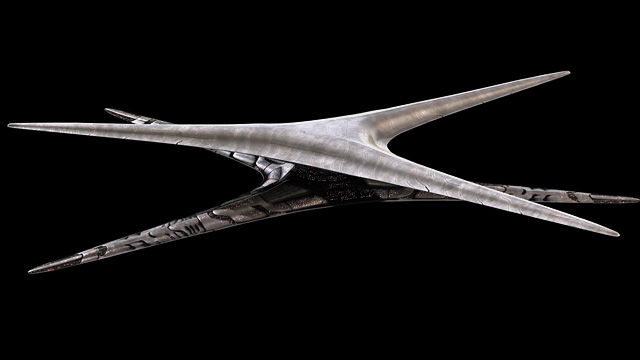
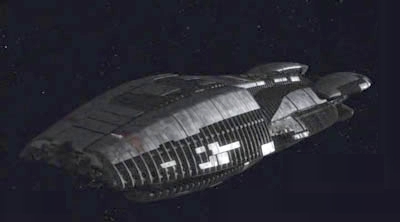






Where are you from? Is it a secret? :)
Sorry for not having yet a bio somewhere. My blog is very recent and I’m focused 100% right now on posting my ideas that I simply forgot about that :)
As short bio my name is Adam Solo (that you know already), I’m a 31 Male from Lisbon, Portugal and what can I say, I’m a Space Gaming fanatic. You can get more a feeling about that by reading my introductory post: “Space Strategy Games: What’s Next?”: https://www.spacesector.com/blog/?p=3
Stay tuned! :)
Well I do agree that too many ships can be unfun, but I feel the big issues are
1) The difficulty of UI dealing with Many ships (in MOO1 it was fine, you could just as easily make+operate hundreds of small ships as few large ships) MOO2 had problems with that. Eliminate, those and many, small ships gets more fun.
2) The economics of technology levels. this will take some terms being defined
Total Fleet Space: presuming you have “space” on ships that differentiates large ships from small ships, this is the sum of all the space on all the ships in an empire’s fleet.
Price/space: With any particular set of technologies (weapons, drives, etc.) available, the amount of production or money it takes to build a militarily useful ship divided by the total space that ship provides.
Output/planet: With any particular set of technologies (factories, popboosters, etc.) available, the amount of production or money that a developed group of standard planets can produce divided by the number of said planets.
So
At a Particular Tech Level (this is the Important term)
Maximum Total Fleet size= Number of Planets * (Output/planet) / (Price/space)
Fleet size normally spins out of control because
(Output/planet) increases significantly
(Price/space) increases little if at all
For most games
at “Technology level 1” a single developed planet can to build a fully equpped small ship in 10 turns
at “Technology level 10” it can build a massive spaceship in 10 turns
Because the planet is producing 10-100x as much and the Massive ship costs 10-100x as much as a small one. The newest High tech parts cost as much as low tech parts did when they were first discovered.
The ideal would be
at “Technology level 1” a single developed planet can to build a fully equipped Medium ship in 10 turns
at “Technology level 10” it still takes 10 turns to build a fully equiped Medium ship.
Because even though the planet is producing 10-100x times as much…. the ship costs 10-100x as much because it has more expensive (and better) parts on it.
Now you need to make sure that the more expensive high tech parts are a better option almost all of the time than lots of cheap low tech parts, but that just means adjusting damage and hp both up, or armor+penetration, or range+speed or sensors+stealth.
In this method, your Fleet Size becomes a representation of your empire size. So a 100 planet empire could have
thousands of small ships, hundreds of medium ships, dozens of large ships, or Several huge ships [assuming it was very militaristic] Those numbers would be Independent of where you were in the game.
3) The economics of maintenance
This is the ‘how my fleet size is determined’ is it by how fast I can produce ships, or how many I can maintain.
Now in a serious war, how fast I produce them is almost always more important because I am losing them.
But in “peacetime” there should be a balance where maintenance is an important issue too.
If ships are expensive to maintain (campared to how much they cost to build), then a fleet just won’t just keep growing through times when you aren’t fighting serious battles. (Of course they shouldn’t be too expensive, because then your ‘whole fleet’ is easy to replace… because the cost was mostly maintenance, not production)
I’d say basically, you should be able to ‘reach maximum fleet capacity’ from 0 in 15-30 turns (depending on how fast the ‘civilian’ economy develops and how fast ships actually move across a typical empire)
Sorry to double post, but I do strongly disagree with your last point.
Ship construction+maintenance should be Simple, expensive maybe, but Simple.
Arrggh, triple posting.. sorry. (can’t see how to edit)
It depends on what the game is going to be,
If it is an Empire builder, then look at my first post… keep ship production simple, and keep ‘fleet size’ technology independent by increasing expense.
If it is a ‘space ship role playing’ or tactical game. Then the planets should be more generic, and you treat your fleet like a group of Role Playing characters…. the process should still be Simple… but instead of building+designing mass producable ships, you would focus more on individual ship parts/crew
also
Tasks that you do with your ships (capture planet X their scientists know how to make Hyperdrives) to get ship parts or better crew (carry the precious carge to Empire Y so that one of their navigators will join your crew)… the planets and what you do with them is secondary.
Hello. I think the article is really interesting. I am even interested in reading more. How soon will you update your blog?
My blog is very recent but I have a very strong idea of what I want to do next and I already have lots of topics in the queue that I would like to discuss with you guys regarding Space Strategy gaming. My objective for now is to release at least an article every week, and if time allows to post twice a week. And if I’m really inspired maybe three times a week, let’s see what happens. One thing’s certain, I’m really eager to talk about space gaming. My purpose is to provide you valueable content, no rubbish, no waste of your time (or at least I’ll do my best :).
Hope you enjoy the ride and have fun with me.
Hey have you guys checked out Space Empire IV
It’s better in my opinion than five, also easily moddable with tons of mods
Yes it has it’s flaws but hey so does every game
The best thing about it is it’s huge community and Mod Librarys
This is great for a game where ship design and tactical combat are the main focus, but if you’re juggling politics, diplomacy, production, research, espionnage, expansion, colony development, and strategic combat, then putting massive amounts of detail into every little aspect of ship creation is just too many cooks for one broth.
The last thing I want to have to do is go into the “education” screen for each of my 30 planets and allocate spending to train the next generation of cooks so that I can outfit a fleet with chefs 10 years from now, while bartering with the planetary trades union and constantly monitoring their contractors to make sure they are getting the job done on schedule.
There is a great possibility for depth in ship design and creation, but the question is all in scope. A typical 4x game has to abstract a great deal out, or else the whole thing becomes a giant nitpicky micromanagement festival.
I mostly agree with the post, though the get permission from the senate etc. is too much imo.
The game that comes really close to this method is Starships Unlimited. I love that game. The ships are fully customisable and you can rarely maintain more than 15-20 ships, as they just cost too much upkeep, plus every time you buy one it costs more than the previous one.
The main problem with this method is that you can’t really defend your systems as your empire gets bigger. If you have 50 systems but only 20 ships then it’s difficult to always have them at hand when needed.
It really adds up to decide if your game is in a space opera settings or in a hardcore SciFi settings.The ships layout and the economics behind the ships change drastically.